#wayuu
Note
Hello, I read the post about Wayuu bags that @indigenous-character-tournament posted and the importance of buying authentic bags from them rather than from Disney, a mass-producing company. Are the Wayuu the ones who make hats, by any chance? I see a particular type of indigenous-made hat in Encanto.
Hi there! Sorry I didn't get back to you sooner. There's a type of hat that Wayúu people use specifically called an uwomü. It's made from woven straw, and sometimes we add puff ball decorations.

From what I remember in Encanto, the hat looks more like this:

Which is a Colombian vueltiao hat! They were originally made by Zenú or Sinú peoples. The hat is a national symbol for Colombia! They're both similar styles but totally different. Both are made from straw.
37 notes
·
View notes
Text
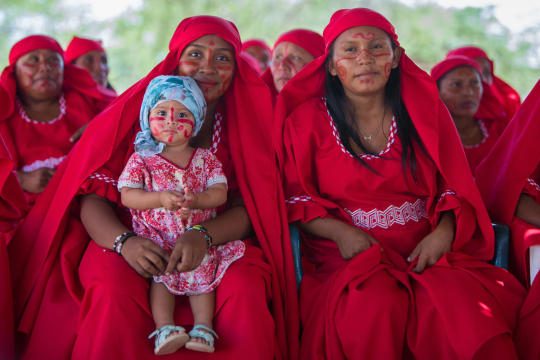
Wayuu women, Colombia, by UNICEF Colombia
#wayuu#colombia#america#south america#folk clothing#traditional clothing#traditional fashion#cultural clothing
286 notes
·
View notes
Photo


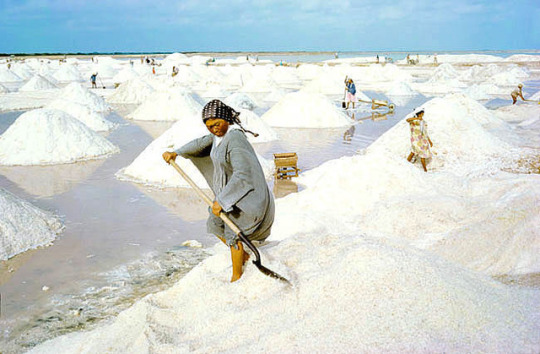
The Wayuu and the Salt of Manaure
“At the northernmost tip of Colombia and South America, the Guajira peninsula juts into the Caribbean Sea like a finger. This hot cactus-studded desert, which sees very little rain, is populated by a tough but easygoing people—the Waiuu Indians. The Spanish conquistadors who reached Colombia’s Guajira peninsula in the sixteenth century reported that those Indians traded the salt they extracted from the sea for the gold produced by tribes of the land’s interior. Knowing the conquistadors’ obsession with the precious metal, they probably ended that trade brutally upon discovering it. However, at Manaure, a dusty village, the Waiuu today are still producing salt. And as everywhere in the developing world where I have watched salt manually produced, it’s hard work here too, though much less so than in the Sahara and Ethiopia. It also brings the Waiuu little money. For a few generations the salt flats have also been exploited industrially by a government company, which buys the Waiuu salt. Manaure fills 65% of Colombia’s salt needs. Thanks to a scorching sun, a dry and windy climate, and natural lagoons, Manaure was always a perfect place for that activity. Though some miners work there all year, most of them do so only during the more productive three summer months. The rest of the time the Waiuu fish or herd goats. They live in mud houses as well as in flattened cactus huts. And they sleep in hammocks, many of them beautifully woven by women and wide enough to accommodate couples. As in many other parts of the developing world, the Waiuu spend much time getting water from distant wells as well as firewood. At least they did so between 1974 and 1987, when I visited them three times. Much has changed there now.” - Victor Englebert
#indigenous#wayuu#native american#capitalism#indigenous people#la guajira#wayuus#guajiros#colombia#south america#colombian#native americans
34 notes
·
View notes
Text
INDIGENOUS ANDEAN SOUTH AMERICAN RESOURCES
The Anthropological Masterlist is HERE.
The Andean States are a group of South American countries that are connected by the Andes Mountain range. They are located in the north and/or west part of South America.
AVA GUARANÍ ─ “The Ava Guaraní, or Chiriguano, people are an Indigenous South American people. They are native to the foothills of the Andean Mountains.”
─ Ava Guaraní History
AYMARA ─ “The Aymara, or Aimara, people are an Indigenous South American people. They are native to the Altiplano region of South America.”
─ Concept of Time to the Aymara
─ Aymara Dictionary
CARIB ─ “The Carib, or Kalina, people are an Indigenous South American people. They are native to the northern coasts of South America.”
─ Carib Language
─ Carib Dictionary
CHANÉ ─ “The Chané are an Indigenous South American linguistic group that share the Arawakan languages. They are native to the foothills of the Andean Mountains.”
─ Arawakan Languages
INCA ─ “The Inca Empire, or the Inka Empire, was a pre-Columbian South American civilization that lived from the 13th century C.E. to 1572 C.E. They lived in the Andean highlands.”
─ Inca Architecture
─ Inca Religion
─ Pachacuti Inca Yupanqui (in Spanish)
MOCHICA ─ “The Moche, or Mochica, civilization was an Indigenous South American people that lived from 100 C.E. to 700 C.E. They were native to northern Peru.”
─ Moche Culture
─ Sex in Moche Culture
─ The Fall of the Moche
MUISCA ─ “The Muisca, or Chibcha, people are an Indigenous South American people. They are native to Colombia.”
─ Muisca Information
─ Muisca Religion (in Spanish)
─ Muisca Dictionary (in Spanish)
PAEZ ─ “The Paez, or Nasa, people are an Indigenous South American people. They are native to the southwestern highlands of Colombia.”
─ Paez Culture
─ Paez Language (in Spanish)
─ Paez Dictionary
QUECHUA ─ “The Quechua, or Quichua, people are an Indigenous South American linguistic group that share the Quechua languages and culture. They are native to Peru.”
─ Quechua Information
─ Quechua Culture
─ Quechua Language
TIWANAKU ─ “The Tiwanaku Empire was a pre-Columbian South American settlement. They lived in modern-day Bolivia.”
─ Tiwanaku Culture
WAYUU ─ “The Wayuu, or Wahiro, people are an Indigenous South American people. They are native to northern Colombia and northwest Venezuela.”
─ Wayuu Patterns in Mochila Bags
─ Wayuu Dictionary (in Spanish)
YARURO ─ “The Yaruro, or Pumé, people are an Indigenous South American people. They are native to Llanos in Venezuela.”
─ Ecological Culture of the Yaruro (in Spanish)
─ Yaruro Dictionary
183 notes
·
View notes
Text
The whatchmen

#drawing#art#armando valbuena vega#draw#arte#dibujo#artists on tumblr#illustration#wayuu#design#Rorschach#Kovacs
35 notes
·
View notes
Text
Vendo mochilas arhuacas. Me pueden contactar al número de celular 3204240855
7 notes
·
View notes
Text

Découvrez notre univers éclectique de notre E-BOUTIQUE et suivez-nous sur INSTAGRAM :)
7 notes
·
View notes
Photo
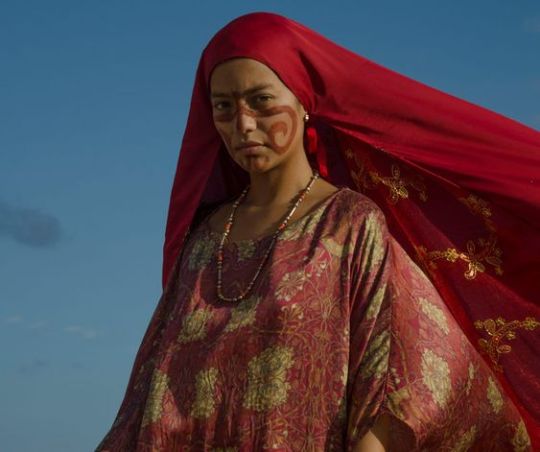




4 notes
·
View notes
Text

Wayuu people
18 notes
·
View notes
Text

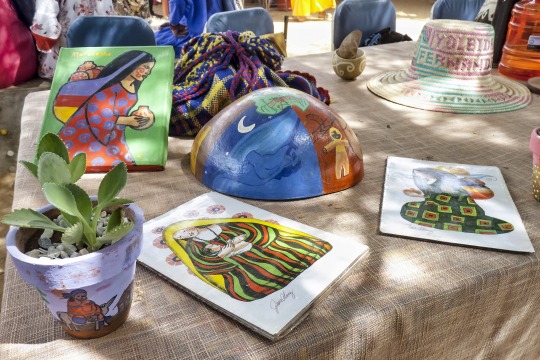
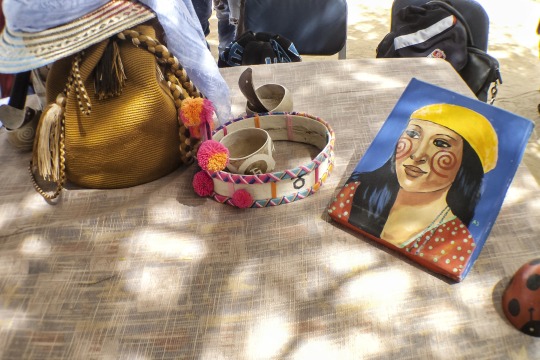




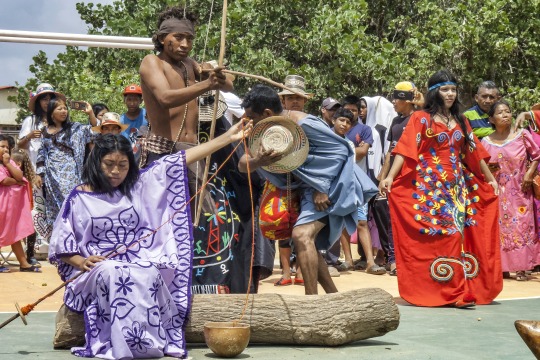

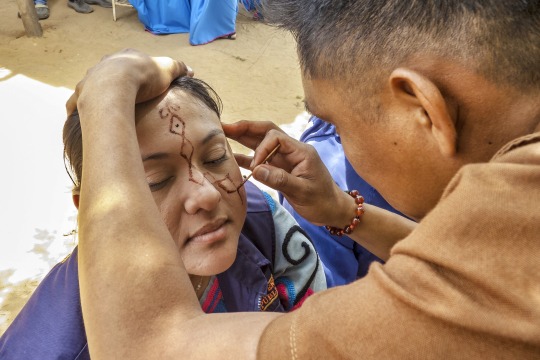

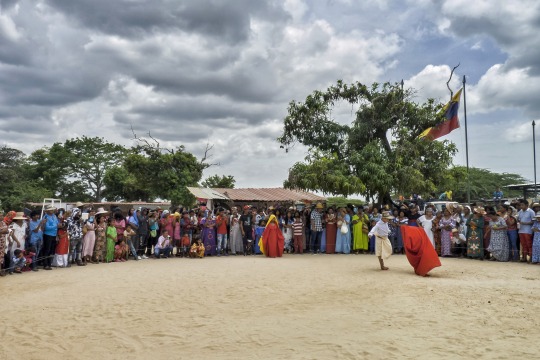
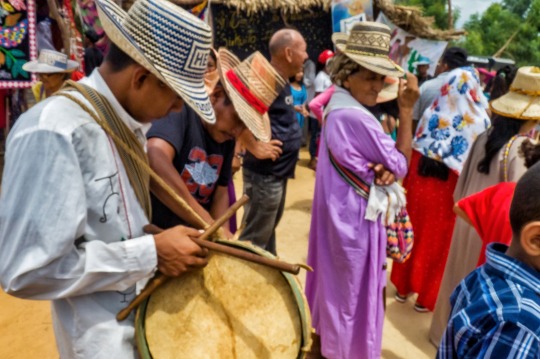
Lo wayuu.
El estado Zulia es un territorio con muchas particularidades, entre ellas la poca o nula segmentación de etnias en un mismo territorio, de hecho, es de los pocos estados en donde muchos estratos sociales pueden, sin mayores problemas, hacer una vida en un mismo territorio. algo que por ejemplo, es difícil de ver en Caracas y el resto de estados.
Aunque no por que puedan, significa que todo vaya como una seda, los problemas siempre están y las diferencias entre las filosofías y las cosmovisiones pueden ser difíciles dependiendo del caso, mas cuando no estamos tan lejos y hay momentos de crisis, como nuestros tiempos contemporáneos, pero estas actividades son oportunidades espectaculares para conocernos.
El Zulia es hogar de cinco etnias bastante diferenciadas, Wayuu, Barí, Yukpa, Añú y Japreria, siendo la primera la de mayor población, la de mayor penetración en la ciudad y la que mejor ha sabido adaptarse a la sociedad occidental, pero, siempre llevando un poco de lo propio, por que incluso, los Wayuu que ha sido exitosos en el comercio siguen hablando su idioma entre ellos y siguen manteniendo mayor parte de sus costumbres, símbolos y vestimenta.
Esta actividad reunió a todos los liceos y colegios de esa parroquia, con una alta población Wayuu en un intercambio cultural total, es decir, cada escuela, cada grupo, dio muestras de artesanía, alimentos típicos, vestimenta, música y funciones teatrales.
En estos últimos años he mantenido un interés muy antropológico sobre todo esto, pero también buscando romper el cliché del típico retrato de la abuela wayuu sentada en un sitio con una mirada perdida que parecía ser como un rito de paso para muchos fotógrafos zulianos, que por cierto no he hecho y dudo hacer.
Acá usé mi fiel Panasonic Lumix FZ35 y un accesorio para generar el gran angular en algunas fotos.
4 notes
·
View notes
Photo



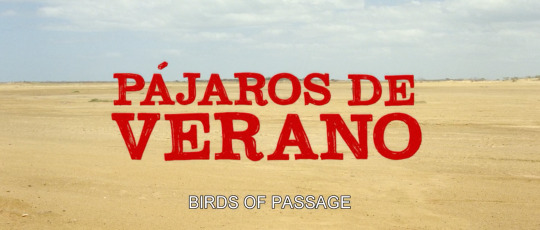

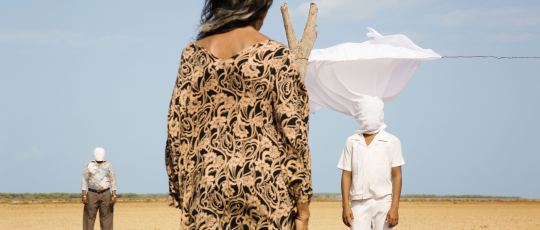
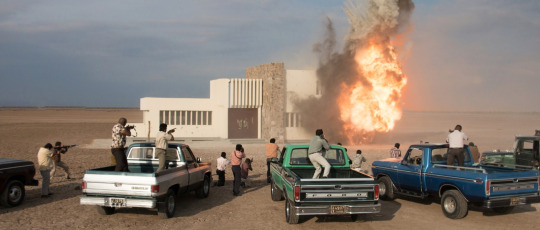
Birds of Passage (Pájaros de verano) | Ciro Guerra & Cristina Gallego | 2018 | Colombia
#birds of passage#wayuu#pájaros de verano#colombian films#colombian cinema#native american cinema#film#movie#movies#cinematography#indigenous films#colombia#colombian
5 notes
·
View notes
Photo

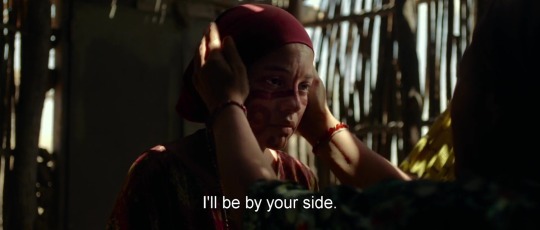
Pájaros de verano [Birds of Passage] (Cristina Gallego, Ciro Guerra - 2018)
#Pájaros de verano#Birds of Passage#epic crime film#mother#Cristina Gallego#Ciro Guerra#Carmiña Martínez#Colombia#Colombian cinema#Natalia Reyes#José Acosta#Wayuu#filmes da américa latina#marijuana#drug trade#smuggling#drug crime thriller#drug wars#guajira peninsula#wisdom#indigenous people#Latin America#honour#women#girl#traditions
4 notes
·
View notes
Text

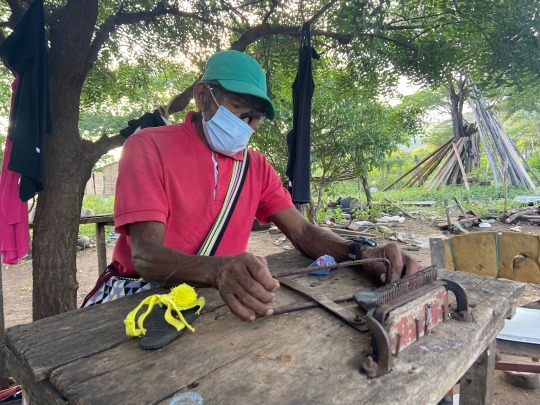

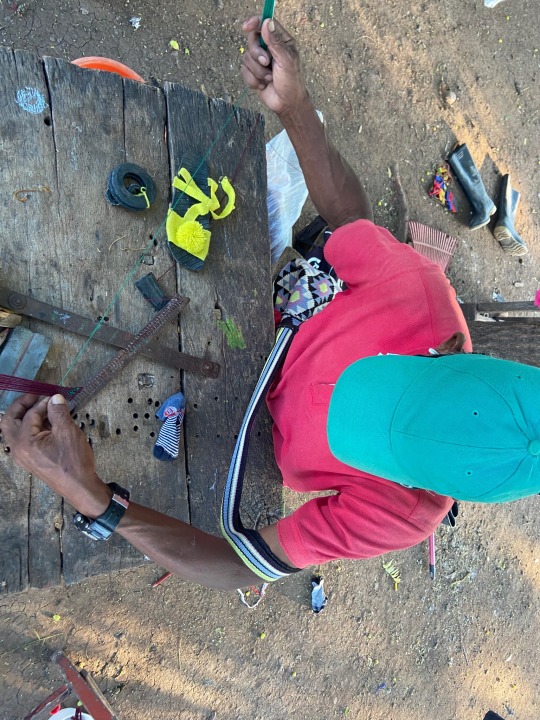


Fermin Ipuana, artesano de waireñas (calzado tradicional del pueblo Wayuu) en su proceso de elaboración de los mismos.
2 notes
·
View notes
Text

Hey Witches, my new book IS OUT! And Is Available everywhere books are Sold! Help this Latino/Immigrant/Queer witch to share this post, cuz #SharingisCaring 🧡
DREAM WITCHERY: Folk Magic, Recipes & Spells from South America for Witches & Brujas.
AMZN: https://www.amazon.com/Dream-Witchery-Recipes-America-Witches/dp/0738774758/
Bookshop: https://bookshop.org/a/91061/9780738774756
B&N: https://www.barnesandnoble.com/w/dream-witchery-elhoim-leafar/1142969957
Indiebound: https://bookshop.org/p/books/dream-witchery-folk-magic-recipes-spells-from-south-america-for-witches-brujas-elhoim-leafar/19688314?ean=9780738774756
#witchcraft#magic#witches#pagan#paganism#brujeria#brujas#brujos#south america#indigenous witch#indigenous brujeria#Venezuela#guajiro#wayuu#arawak#native magic#native witch#dream witch#dream magic#dream witchery#dream magick#green magic#green witch
1 note
·
View note
